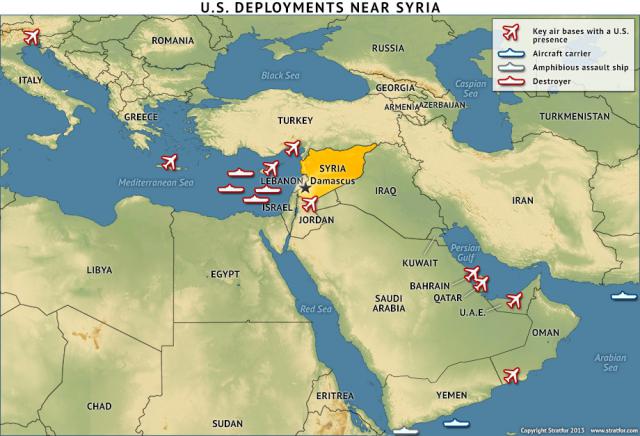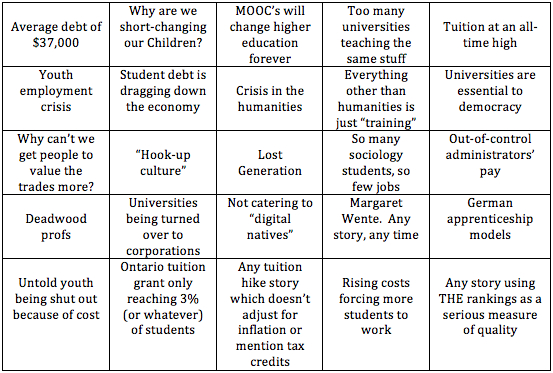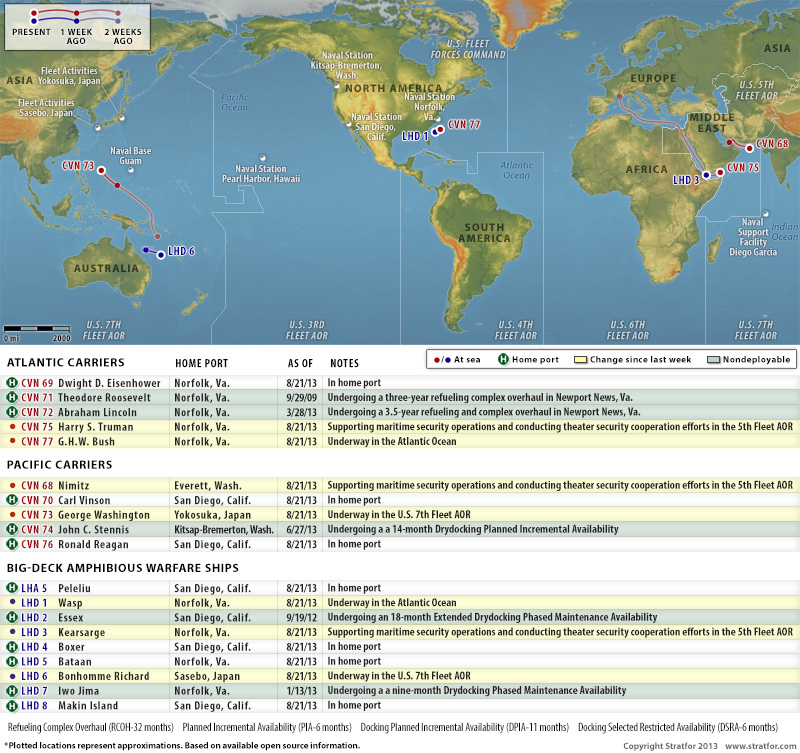I think it’s impossible to stamp out prostitution, so making it legal and (hopefully) safer for the sex workers is a good idea. Switzerland seems to agree, although they’re going about it in an odd way:
Zurich’s new drive-in brothels opened earlier this week and they already raised a few eyebrows.
Across Europe there does seem to be a growing trend for sex drive-ins, however, with a widespread belief that it gets prostitution off the streets and into a safer environment, with similar schemes in Germany, Italy, Belgium and the Netherlands.
One of the most unusual aspects of the Zurich brothel — which are being referred to as “sex boxes” in Swiss media — are the signs being used at the facility, which cater both to Switzerland’s multilingual society (four official languages) and perhaps an odd sense of humor.
Rather than posting verbose signs in all four official languages (French, German, Italian, and Romansh), they’re using rather amusing “international” pictograms:
We’ve done our best to translate (going right to left then working down):
No one under the age of eighteen.
- Only cars can use the facility — no motorbikes, people on foot, or bicycles.
- Just one client at a time.
- Use the facilities provided, not the outdoor space.
- Again, do not use the outdoor space.
- Do not go off facility grounds
- Throw away your trash.
- No photography, filming, or recording (or singing, perhaps).




 This is how some young men’s dreams of a football career die … cut-down day in the NFL. Teams are allowed to have up to 90 players in training camp, but must cut down to 53 players after the final preseason game. The first stage of cuts is from 90 to 75 players. Here’s my guess at the depth chart after the first round of releases:
This is how some young men’s dreams of a football career die … cut-down day in the NFL. Teams are allowed to have up to 90 players in training camp, but must cut down to 53 players after the final preseason game. The first stage of cuts is from 90 to 75 players. Here’s my guess at the depth chart after the first round of releases:



